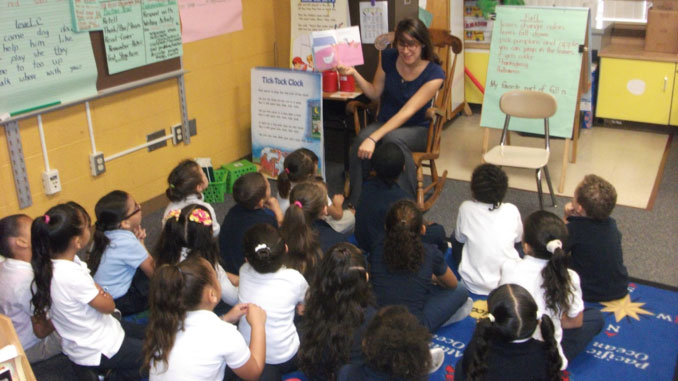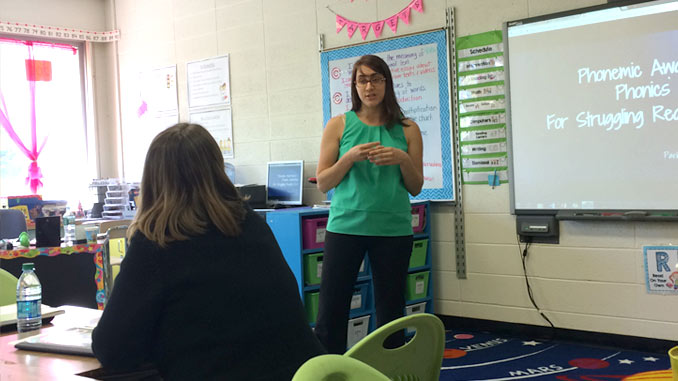Since second grade, I knew I wanted to be a teacher. My childhood dreams led me to major in teaching at Columbia International University in Columbia, South Carolina. After graduation, I came back home to Connecticut, and gained teaching experience in long-term substitute teaching positions. In 2011, I started teaching at Parkville Community School, an urban school in Hartford, CT.
Teaching has been very rewarding, and my passion for teaching reading increased as I saw students grow in their abilities and levels. As a lifelong learner, I wanted to refine my teaching reading skills, so I entered into a program at Central Connecticut State University for Remedial and Corrective Reading, where I graduated in 2015. I am excited to bring my years of experience and my skill set to Columbia, South Carolina, home of my alma mater.

Philosophy
Authentic-Hands on Learning
Activities that connect to real life happen daily in my classroom. Students participate in authentic hands on learning opportunities, which support their growth as a lifelong learner. For example, on our annual “Pumpkin Day,” students sequence the life cycle of a pumpkin, write narratives with descriptive autumn vocabulary, estimate, count and solve word problems about pumpkin seeds, and record observations about pumpkins. My goal is that students connect to prior knowledge and learn real-life skills through my lessons that teach across the curriculum.
Classroom community
Classroom community is developed through character education lessons, class meetings, and a focus on creating a safe place for students. My students come from various backgrounds and cultures; they are encouraged to share their ideas, beliefs, and feelings during discussions, and problem solve through issues that arise. While modeling character traits like respectfulness and responsibility, I also follow through with a behavior management “stop light” system and PBIS (Positive Behavior Intervention Support.) Students understand the expectations for behavior, the rewards and consequences. With consistency, the classroom becomes a safe place where students know their boundaries and expectations, and are encouraged to express themselves amongst their peers.
Individualized instruction
Students exhibit success as they complete differentiated tasks daily. I have worked with a wide range of students, from struggling learners to high achieving students. Backwards planning with assessments allows me to turn the skills necessary for mastering the standards into engaging whole group, guided small group, and individualized instruction. Accommodations and modifications are also made for students with IEP’s, students referred to the RtI process, or any student who requires intervention.
Cooperative Learning
With a strong classroom community I focus on cultivating, comes the ability for students to successfully participate in cooperative classroom activities, where they are accountable for their work. Students are encouraged to use their problem solving strategies through collaboration in team building exercises. Engaging students in this way minimizes off-task behavior and helps the classroom to become a positive learning community of learners.
Professional Development
For our district-wide Professional Development day, I was asked to lead a workshop in Phonemic Awareness / Phonics Instruction, for grades K-5. Teachers seeking guidance and strategies on implementing phonemic awareness and phonics for their students, many of whom are struggling readers, attended my workshop. I shared research on the Balanced Approach to teaching reading, as well as strategies and resources for teaching phonemic awareness and phonics in the lower grades, as well as for struggling readers in the upper grades. The goal of the workshop was to give teachers creative strategies of how to differentiate instruction for their students, and I included a lot of personal examples I use in my own classroom. Time was provided for teachers to brainstorm ideas and share with the group. At the end, teachers completed an exit slip (example slip below) that I can use to plan future professional development sessions.
